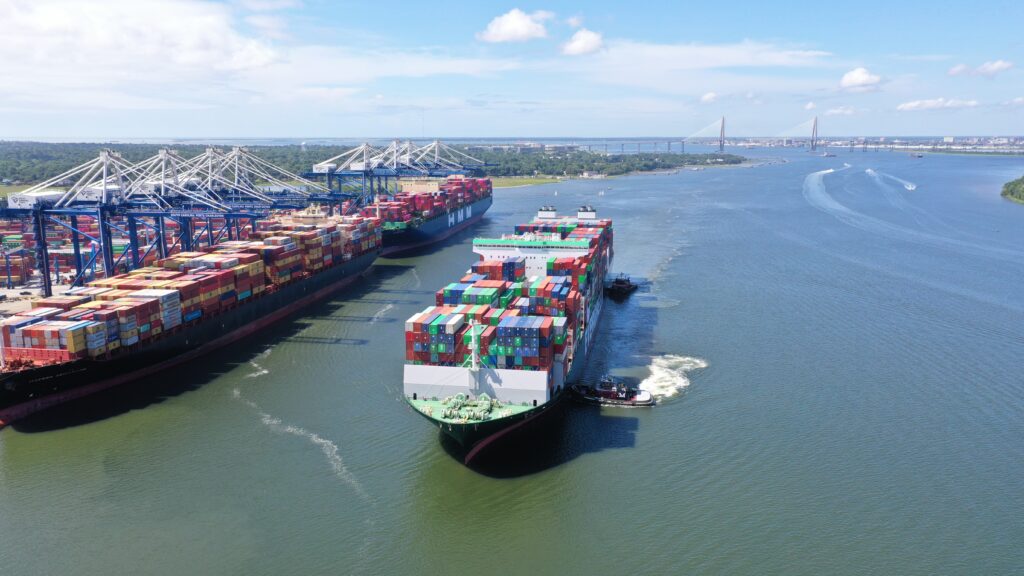South Carolina Ports (SC Ports), the eighth largest U.S. container port with the deepest harbor on the East Coast, has taken crane operator training to a deeper level with advanced simulation technology.
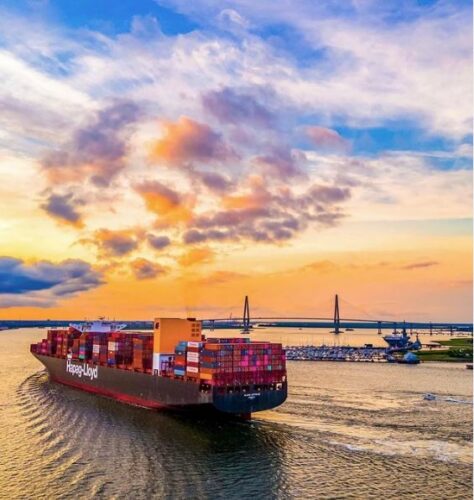
Just prior to the health emergency the world faced from the Covid pandemic, SC Ports executives were facing their own challenges of looking to stay ahead of increased demand at their many port terminals. They discovered they could take advantage of advanced technology in simulation to maximize the training of their Ship-to-Shore (STS) e Pórtico com pneus de borracha (RTG) crane operators.
“Before our training included simulation, it would take 12 months of in-crane training to certify our operators,” Scott Reeves, SC Ports’ Manager of STS Operator Development, stated. “Now we can get new operators trained in half the time with our Missão completa simulator without tying up our actual cranes. Since adding a third simulator, we’ve even been able to cut that time down further by another full month.”
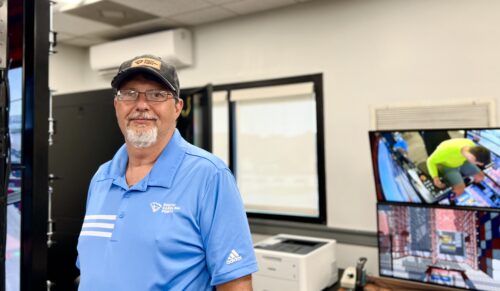
Old School Training for New Crane Operators
Simulators have come a long way since the driver’s ed days of sitting in a dark room, looking at a screen with simple components, and listening to the monotonous instructions on the recording. While the concept is the same to prepare inexperienced operators on different maneuvers before operating the actual vehicle, the GlobalSim simulators Reeve’s team uses have stunning 4K graphics and include a full motion base to simulate real crane movements of surge, sway and pitch. The motion is the feature Reeves feels makes the greatest difference in training as opposed to other simulator systems he has tried.
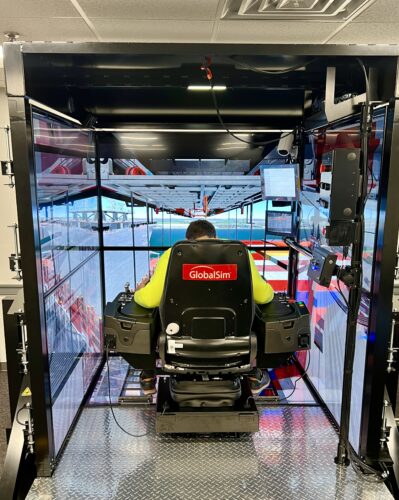
The Full Mission systems also include a fully integrated instructor station adjacent to the simulator featuring:
• a student database,
• after action review,
• environmental controls,
• options for creating customized scenarios, and much more.
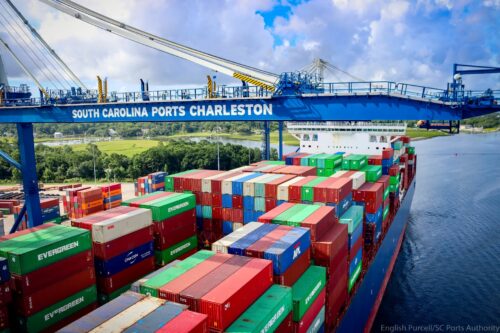
The port used existing space at its Wando Welch Terminal in Mount Pleasant and the new Hugh K. Leatherman Terminal in North Charleston to house its simulator training program. The port started with one simulator and purchased two additional systems to help accommodate more trainees and multiples students at one time, so trainers can now run the same scenario simultaneously with all students. This saves time as instructors only have to give instructions once. The other benefit is it gives trainees the opportunity to compete against each other to see who can safely move the most containers in one hour, which would not be possible on real equipment. Each simulator runs eight hours per day, five days a week, which saves the port valuable time and resources by being able to keep the cranes running for port operations.
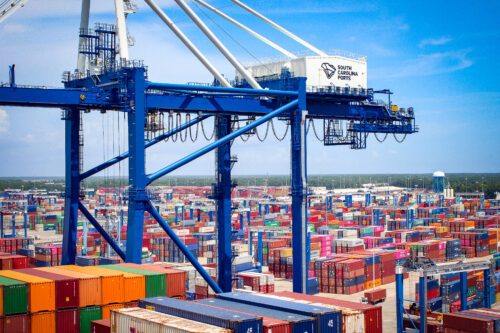
“At SC Ports, we know skilled, productive, and qualified operators decreases risk and keeps freight moving efficiently,” Reeves said.
Simulator training teaches operators how to handle equipment the proper way without being on the actual cranes, and they can continue to hone their skills after becoming crane operators. “Teaching lessons on the simulator helps operators to be aware of their surroundings at all times to keep them alert to things that can cause accidents,” Reeves said.
Challenging Ships and Scenarios are No Challenge for Simulation
Crane simulator training at SC Ports prepares operators for routine operations like loading and unloading containers and progresses to more difficult tasks, and it includes experience on various sizes and types of ships and barges.
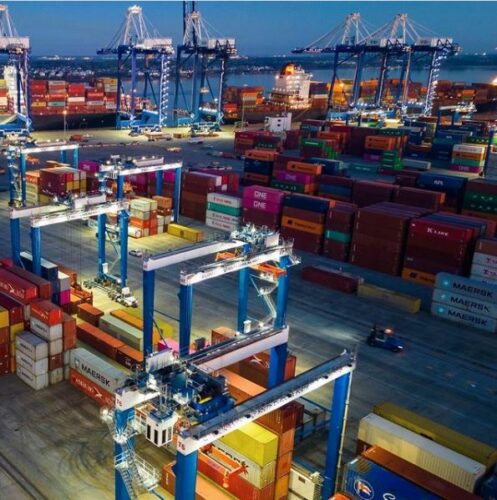
Simulator training prepares operators for working at night and knowing how to manage unexpected environmental challenges. Trainers can simulate high winds, thunderstorms and fog. On the sunniest of days, operators can prepare students to safely maneuver cargo in adverse conditions.
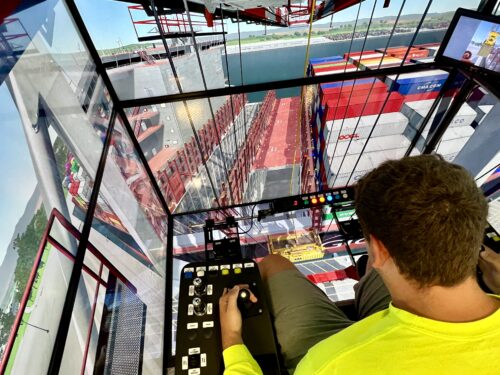
“I have trainees come back to thank me for the training and tell me it was exactly like what they experienced in the simulator,” Reeves said. “We try to prepare our operators for any scenario and ship they are likely to encounter, and they’re able to practice extremely difficult maneuvers.”
SC Ports is always seeking to keep production high, and simulator training of its crane operators is helping them achieve that. Each trainee must spend a total of 80 hours in the simulator room, successfully complete 27 different scenarios, and pass the final exam before they can move to the actual crane. Operators must also have great eyesight and depth perception to perform well.
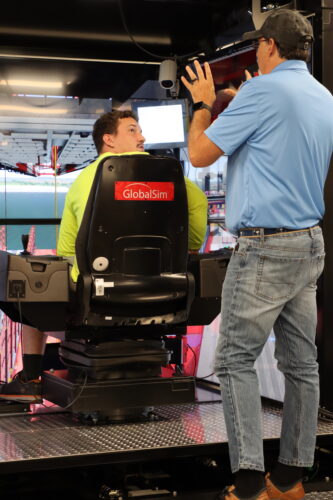
GlobalSim’s simulators track each student’s productivity, efficiency and infraction rate. “The student feedback we receive is invaluable because the simulator doesn’t lie,” Reeves said. “Safety is our number one priority, and recklessness is not tolerated.”
Each scenario is scored and graded. Trainers instruct operators to be smooth, skilled and swift. From 2019-2022, SC Ports has trained 35 people on the simulators to become crane operators.
SC Ports’ investment in GlobalSim training systems has helped with safely speeding goods to market and minimizing its environmental impact. Not only has its crane operator training time been reduced by nearly 60%, 100% of the training is now safely done without the energy consumption of a crane.
About South Carolina Ports
South Carolina Ports owns and operates marine terminals at the Port of Charleston and two rail-served inland ports in Greer and Dillon. As the 8th largest U.S. container port, SC Ports connects port-dependent businesses throughout the Southeast and beyond to global markets. SC Ports proactively invests in infrastructure ahead of demand to provide reliable service, efficient operations, cargo capacity, an expansive rail network and the deepest harbor on the East Coast at 52 feet. SC Ports is a vital economic engine for South Carolina, with port operations supporting 1 in 10 jobs statewide. Learn more: scspa.com.
Sobre a GlobalSim
GlobalSim, Inc. is an employee-owned company that specializes in developing and manufacturing high-end simulators. Widely recognized throughout the world as a leading provider of crane simulators, GlobalSim is focused on developing training systems for the port, construction, industrial, and military markets. Please contact us to learn more about GlobalSim.
